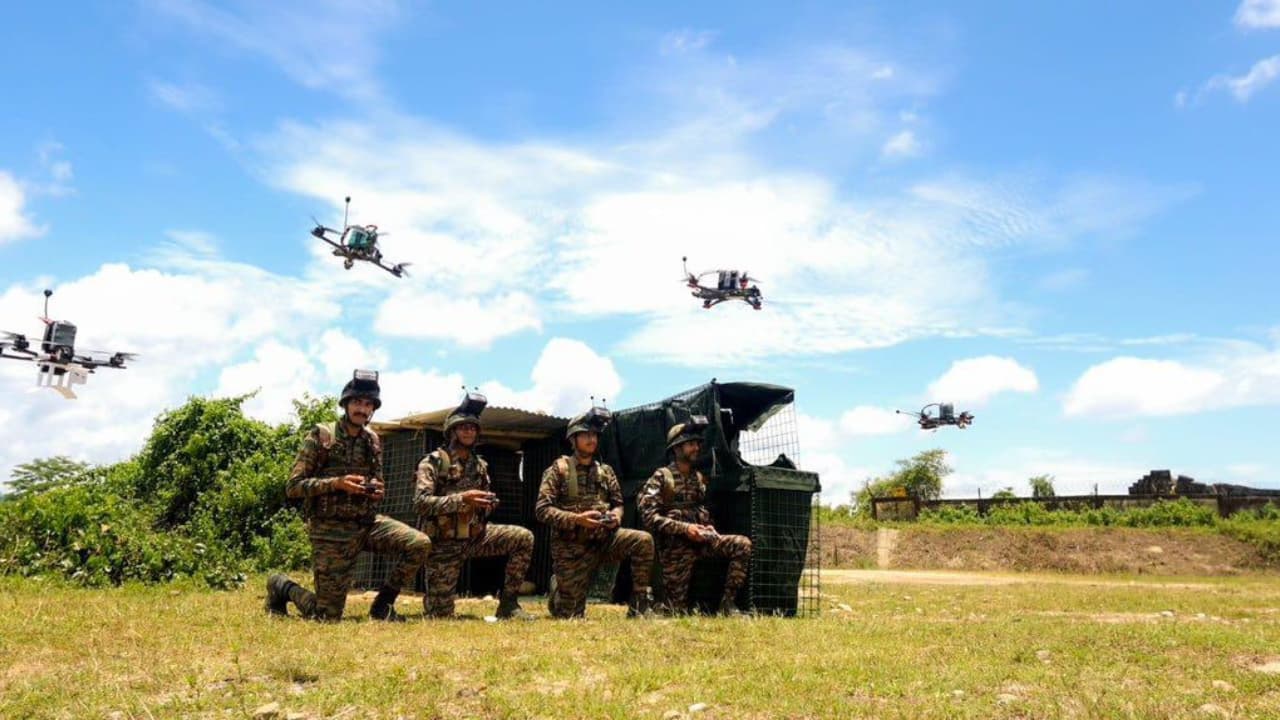The Indian Army will operationalise Shaktibaan artillery regiments along the Pakistan border by late 2025, introduce Bhairav light commando battalions, and form Rudra Brigades as part of a major reorganisation to boost firepower and agility.
New Delhi: As part of a major restructuring and reorganisation effort, the Indian Army has planned to operationalize its “Shaktibaan” artillery regiments along the western borders with Pakistan by October-November 2025, sources in the defence and security establishment said. Earlier this month, Army Chief General Upendra Dwivedi issued formal orders with “implementation instructions” for the creation of these regiments.
Know about the Shaktibaan regiments
The Shaktiban Regiment will have two bigger batteries with enhanced gun numbers and a Composite Battery operating two systems together. It is worth mentioning that a typical battery operates six guns. The composite battery will have loiter munitions (Extended Range) and the Remotely Piloted Aircraft (RPAs) on the lines of the Divyastra Battery.
One artillery regiment comprises three batteries of six guns, totaling 18 guns. A battery is a tactical Unit of the Regiment with guns and the requisite number of personnel and equipment to operate the guns.
The sources further added, “Initially the regiment will be deployed along the western front. Over time, it will be expanded across the country.”
The creation of this technologically advanced artillery regiment is believed to significantly enhance the Indian Army’s firepower and counter-drone capabilities.
The announcement came in the backdrop of rising use of drones in modern warfare, as seen in the recent India-Pakistan military conflict during Operation Sindoor and worldwide.
The sources also added that the formation of the Shaktibaan regiments is being carried out in a “Save and Raise” mode, meaning there will be no additional cost to the exchequer.
‘Bhairav’ light commando battalions
In infantry, the Bhairav component focuses on creating specialized light commando battalions trained for swift, decisive operations during border contingencies. These units are specifically configured for high-altitude, counterterrorism, and urban warfare missions.
The Bhairav Units will be affiliated to and operate with specific Corps.
In line with the Indian Army’s “Son of Soil” recruitment concept, the Infantry Regimental Centers have been instructed to select, and train the men from local areas for the Bhairav light commando battalions.
The men will undergo their initial training at the respective regimental centres and at the later stage they will also be trained at the Special Forces training centres.
Bhairav Units will be an agile and lethal spearhead, ready to strike at any flashpoint with surprise and precision.
The Bhairav Units will be a bridge between the Special Forces (SFs) and the Infantry Units aimed to relieve the SFs for “more critical tasking.”
Bhairav Units will be deployed to both western borders with Pakistan and eastern borders with China.
Rudra Brigade
The reorganisation is also taking place at the Brigade’s levels too with the new ones to be called as the Rudra Brigades.
A Brigade of the Indian Army, Commanded by a Brigadier, generally, comprises three Units with a total troop size between 3000 – 3500.
It will be “a self-contained Brigade which will not be constrained to operate in any terrain and will be taking on the enemy in every role”.
The Rudra Brigade will have all combat arms, including infantry, armoured and mechanised infantry, and support arms that include artillery, engineers, air defence, and electronic warfare among others to be backed by specially designed logistics and combat support.
